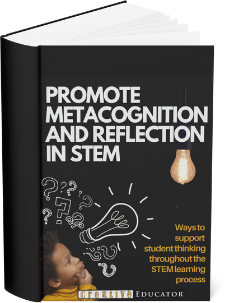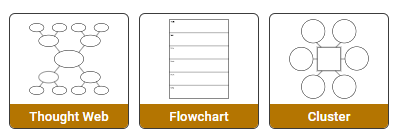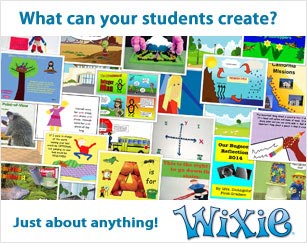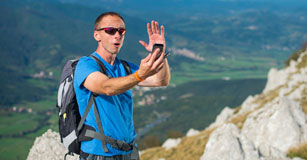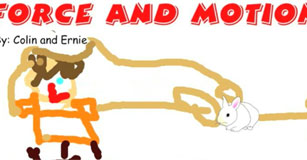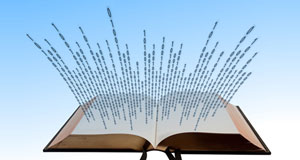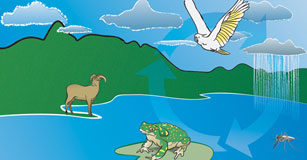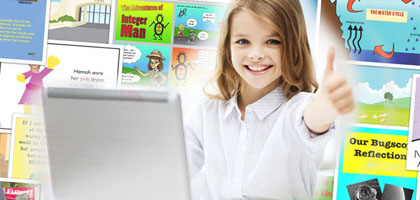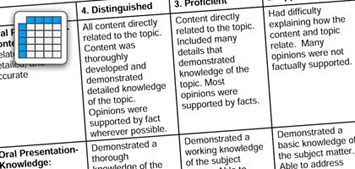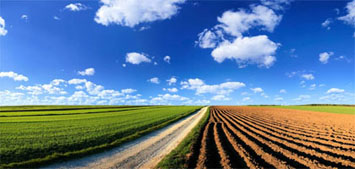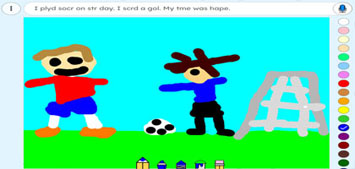Transform the Traditional State Report
7 ideas for state learning adventures students will look forward to every year
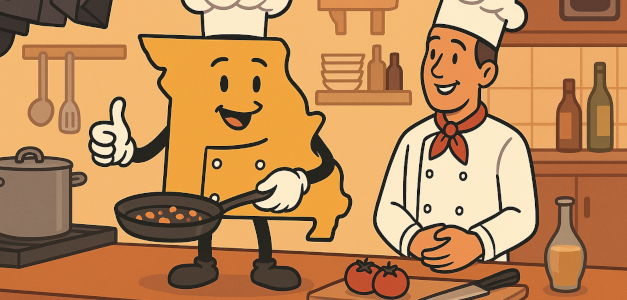
Traditional state reports can seem more like a chore than an engaging learning experience for your students. With just a little creativity, you can transform this staple project into an exciting adventure students look forward to every year.
Whether you are looking to deepen your student's connection to their own state or build understanding of the geography and history of other states, use these ideas to find your next approach.
1. Host Tourism Trade Show
Host a tourism trade show showcasing compelling visual displays and persuasive pitches that invite visitors from your school and community to learn about and visit another state (or even your own).
Student trade show "booths" can broadcast persuasive slide shows and videos and share promotional materials - stickers, postcards, sample itineraries, and brochures - that encourage visitors to make the trip and support them while they are there. If you don't have room to host a huge event, invite families to your classroom and use student desks or tables as booths.
If you have developed digital materials, download QR codes to their online locations. Display the QR codes on posters around the school or even at a local coffee shop so that visitors can use phones or tablets to scan the QR codes and explore state destination options.
Explore a Tourism Trade Show lesson plan
2. Develop a Virtual State Museum
Local history museums are great field trip opportunities, but not everyone has the time, money, or ability to visit. One solution is to bring the museum to the visitor! Ask student to create museum displays that showcase artifacts and famous people to help viewers understand what makes this state unique.
Students can create a virtual museum exhibit featuring key historical events, notable people, and cultural artifacts from their chosen state. Each "exhibit" could include multimedia presentations, interactive timelines, and animations created in Wixie.
Explore a Virtual Museum lesson plan
3. Celebrate a State's Heroes
Have students identify and highlight the work of past, or even current, heroes within a state. This is a great time to explore the different hallmarks of a hero? Did someone have a significant impact who isn't recognized? Make a scientific discovery? Change their community for the better?
Instead of a virtual museum mentioned above, host an in-person museum for state history. Students can craft displays to inform others about this hero or even dress up and share information orally.
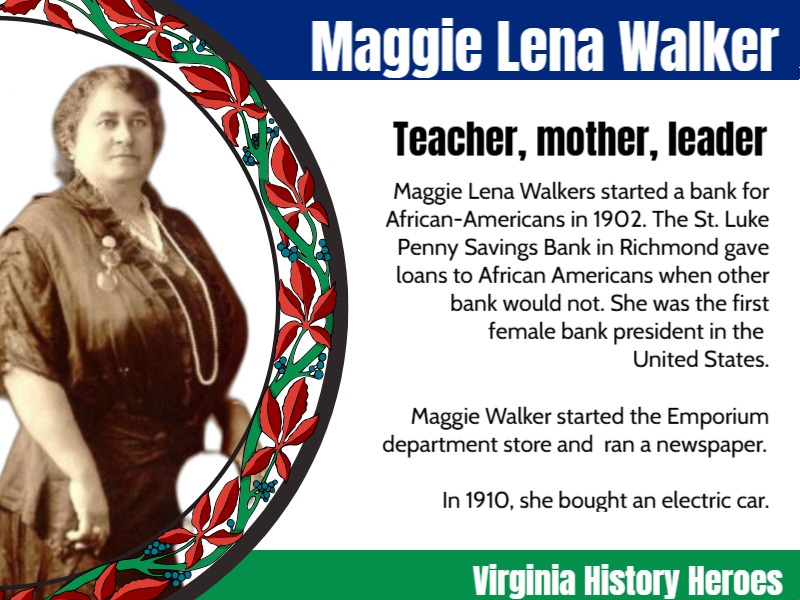
Student work can take a range of formats depending on time and resources available. If each student chooses a different person, they could create a trading card or book page showcasing their life and work. Then, combine all work together for a complete set of trading cards or book that you publish and distribute.
4. Interview an Artifact or Location
Get students to take a new perspective on history by interviewing an artifact or location and share it's viewpoint and insight on historical events that happened around it. For example, students could interview:
- The tree that hid the Connecticut charter
- The waterwheel under Sutter's Mill
- James Alcott's pony express mail bag
Students should choose artifacts and locations central to a state's history or identity. The choice alone requires them to summarize information. They can further evaluate and synthesize information as they craft both the questions and answers for their fictitious interview.
Explore an Artifact Interview lesson plan
5. Design Documentaries and Docudramas
Unique geographic features, endemic species, and historical events can help students understand the unique culture of a state. Ask students to craft videos that explore history, showcase issues, and identify current challenges.
To help students move beyond a report about, ask them to write as if they are living in the times or events they are studying. This move from documentary to docudrama help to make facts come alive for both the audience and the authors.
6. Perform a Public Service and Produce PSAs
A state's history, geography, and natural resources combine to create a unique set of challenges and issues. After learning about a state, have students identify the unique economic, environmental, healthy or cultural issues it is facing and craft a public service announcement to raise awareness of the issue and inform those living within the state and country.
Learn how you can use the digital storytelling process to support successful PSAs
Students don't have to create complicated videos either. Consider having them write letters to local and state officials, design posters and billboards, create promotional materials, and even plan awareness events.
7. Get Cooking!
Every state has unique culinary traditions. Collect recipes and ask students to document the ingredients and necessary steps to create recipes to share. Collect them into a book or share on your school website.
If you can enlist the help of your site's food service department, work with them to record demonstrations showing how to prepare traditional dishes while students discuss the cultural significance. Then, capture and edit the videos to create a state cooking series that engages viewers in a delicious journey through a state's culinary heritage.
How will your students celebrate?
By stepping beyond traditional reports, you can engage students in meaningful tasks that deepen understanding and help them learn to problem-solve and persevere through complex project work.
The possibilities to enrich and enliven state studies are endless. Experiment with these, or your own unique, ideas to watch your students bring their studies to life.




